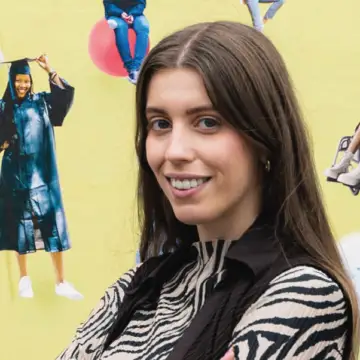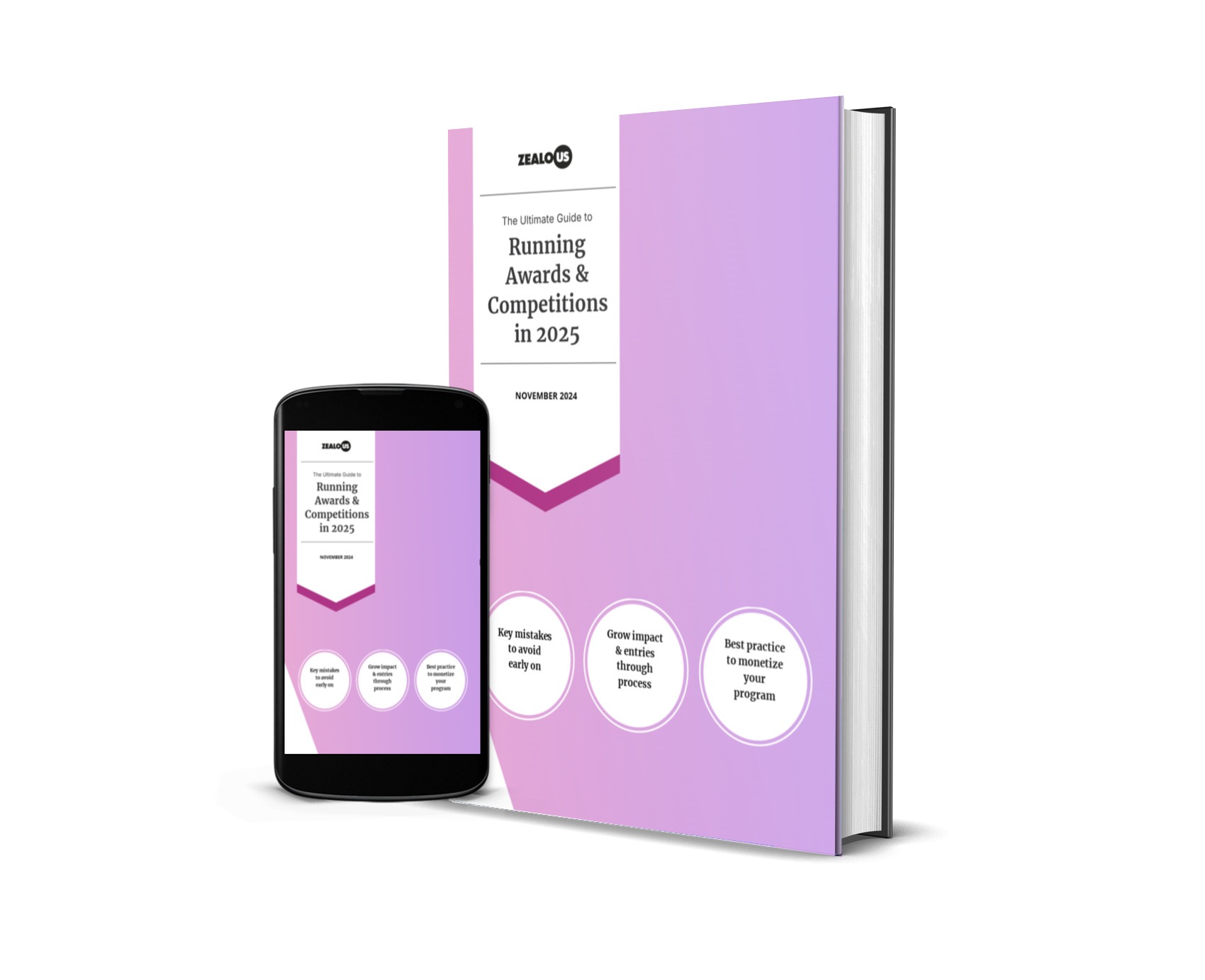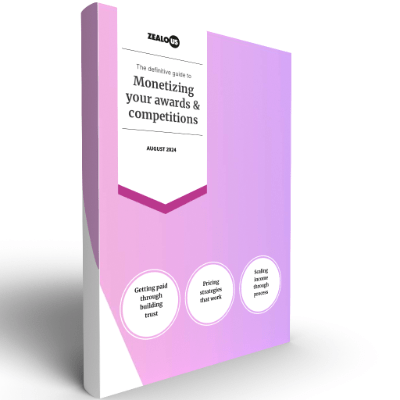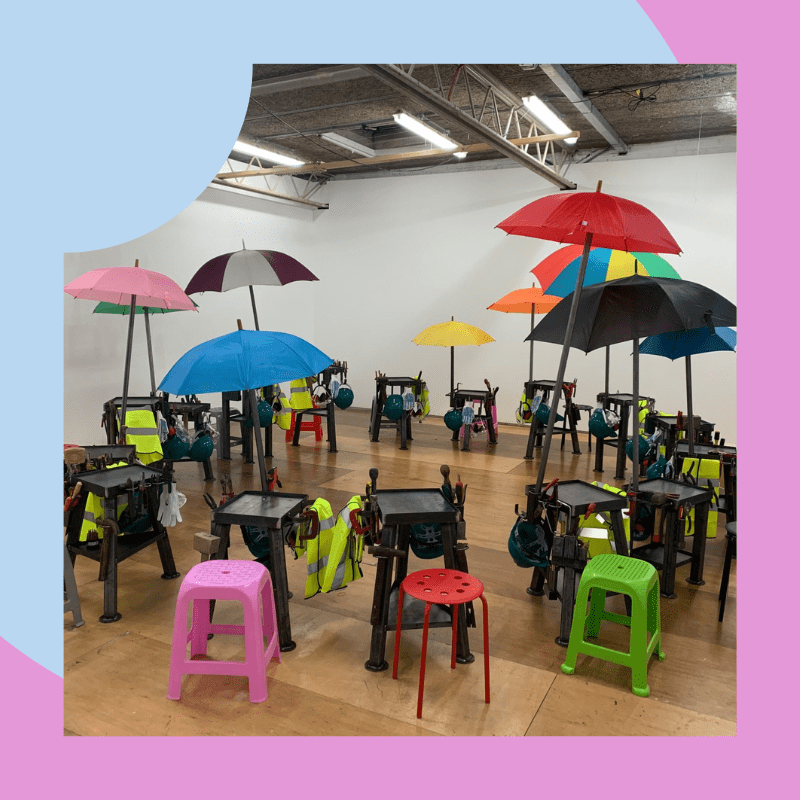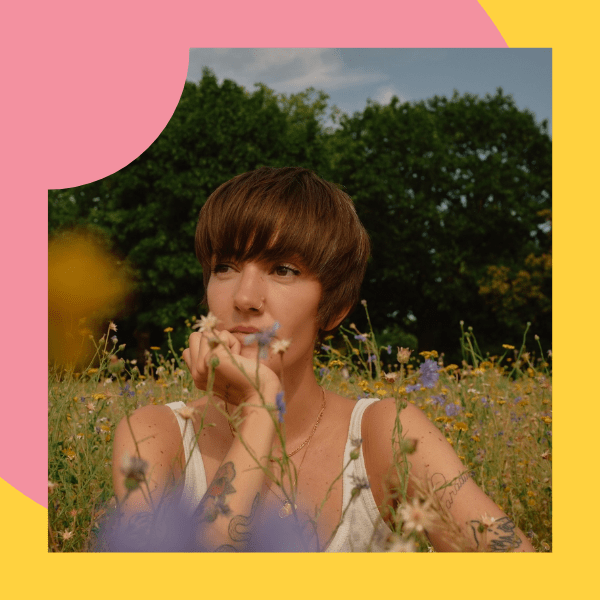In times of rapid technological change and global uncertainty, what role does creativity play in shaping our tomorrow? Recently, we launched Zealous Amplify: Future (The State Of Tomorrow), an open call inviting creatives worldwide to envision what a hopeful future might look like. With around 500 entries from artists, writers, filmmakers, and makers of all creative disciplines, clear themes emerged about where the future is headed in and why it matters more than ever.
From artists reimagining our relationship with nature to those pioneering new collaborative partnerships with technology, from marginalized voices leading conversations about possible futures to educators using creativity as a tool for transformative knowledge – our creative community is already actively building the world they want to see.
Reconnecting with Nature as Creative and Social Imperative
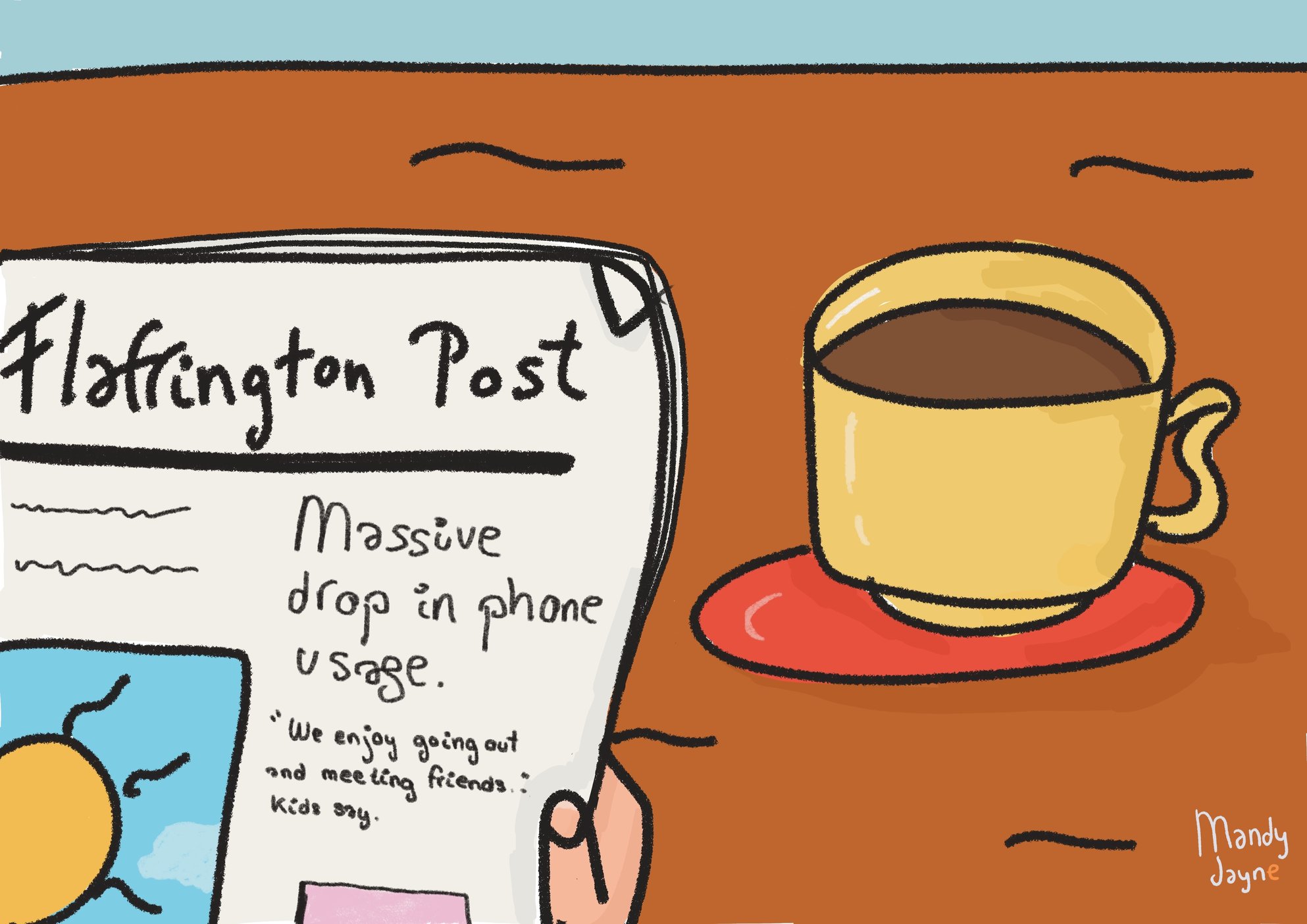
The path to a hopeful future runs through reconnection with the natural world. As Illustrator Catherine Paiano observes, we need to “understand that there does not need to be such a heavy reliance on technology, and therefore take more opportunities to step away from it and reconnect with nature.” This isn’t just about personal wellbeing – it’s about survival. Eco-artist Stewart Taylor puts it starkly: “the way we collectively have a disconnect with our environment and the way we treat the beings within it and a direct reflection upon the way we treat each other, are one of the same really and utterly intertwined… unless we re-enter that ecosystem as an equal that we depend upon, I’m afraid I think we’re lost really.”
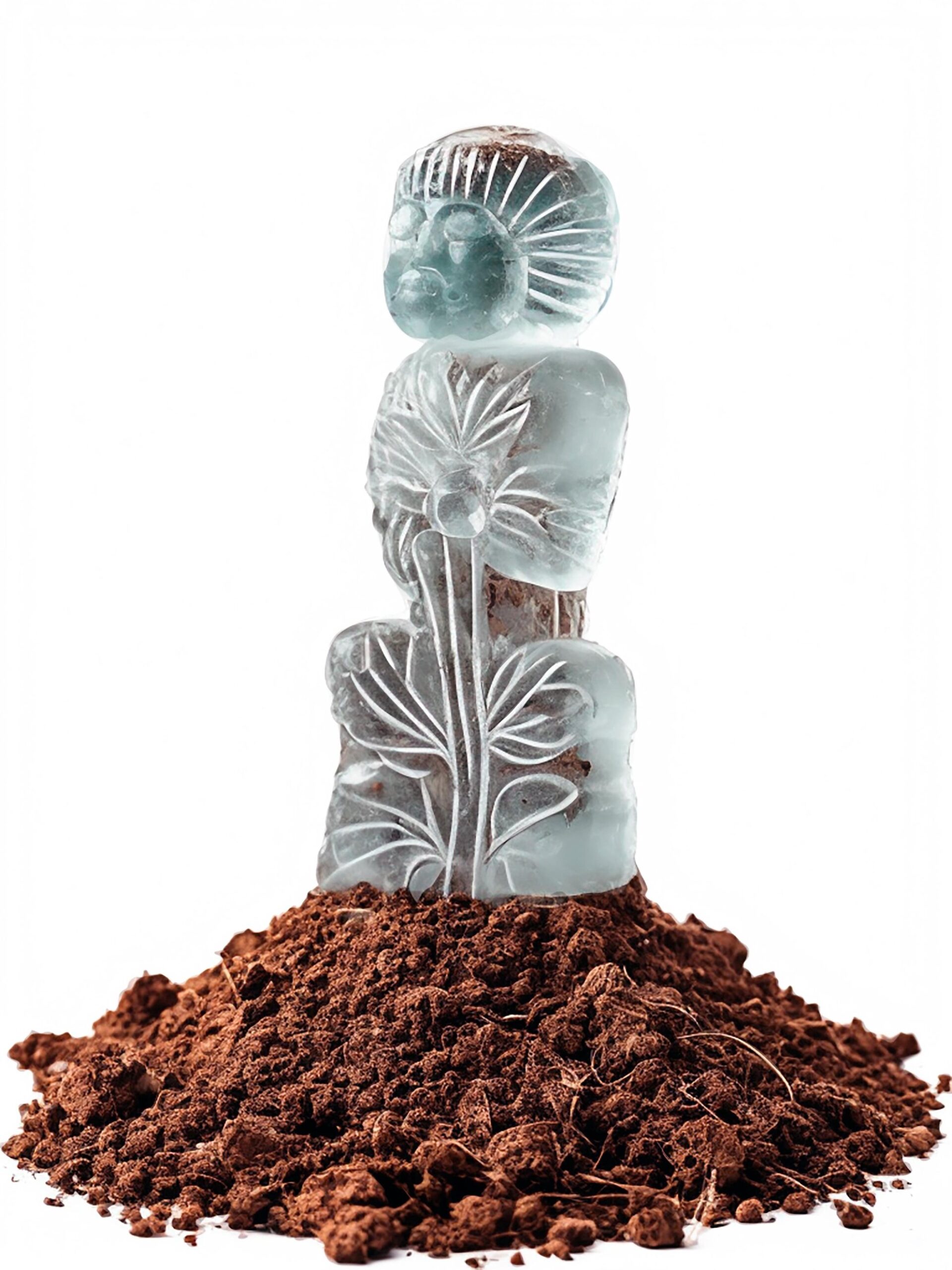
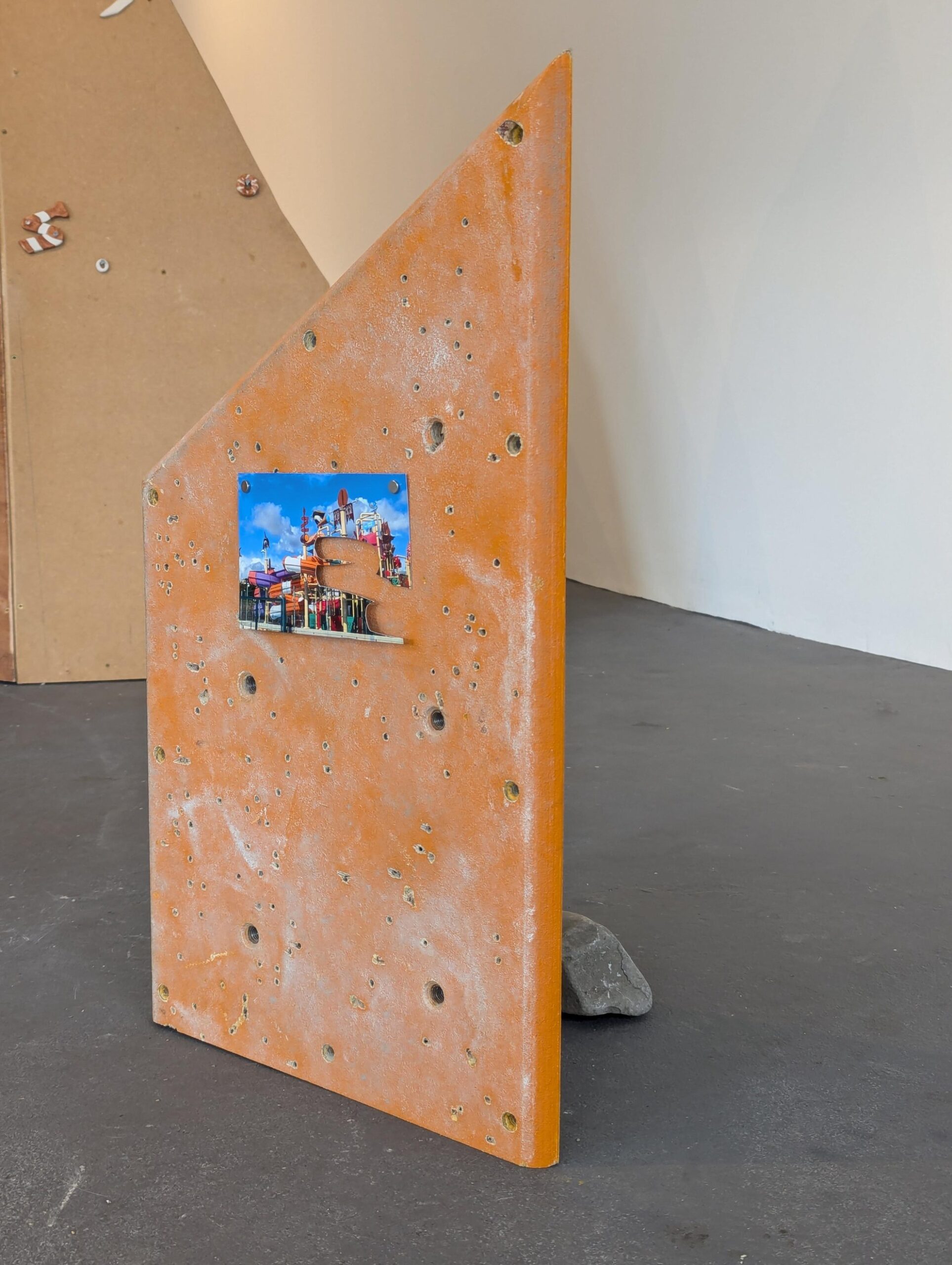
Artists are leading this reconnection through work that makes environmental crisis tangible and hopeful. Benjamin Stephenson‘s Brotes de Jilotes uses melting ice sculptures that reveal seeds in soil, creating “a direct, sensory experience of change” that invites viewers “to witness not only decay but also potential – a hopeful future rooted in nature’s regenerative power.” Similarly, Erika Cann‘s Technofossils playfully reimagines human-made materials as future geology, helping audiences grasp “vast and inconceivable concepts, such as deep time futures” through accessible, creative approaches that build “empathy and understanding towards environmental issues.”
This reconnection with nature isn’t passive observation. It’s rooted in active listening and relationship-building. Natasha Abrahams‘ film Cuando Escuchemos (When We Listen) puts “nature as the main voice,” arguing that “only when we listen to one another and to the wisdom of the Earth and its creatures we will know more clearly how to interact peacefully and sustainably.” As Catherine Paiano notes, this deeper connection will help us “improve communication, make more empathetic decisions and consider human centred problem solving” – skills essential for navigating our climate-changed future.
Technology as Creative Collaborator, Not Replacement
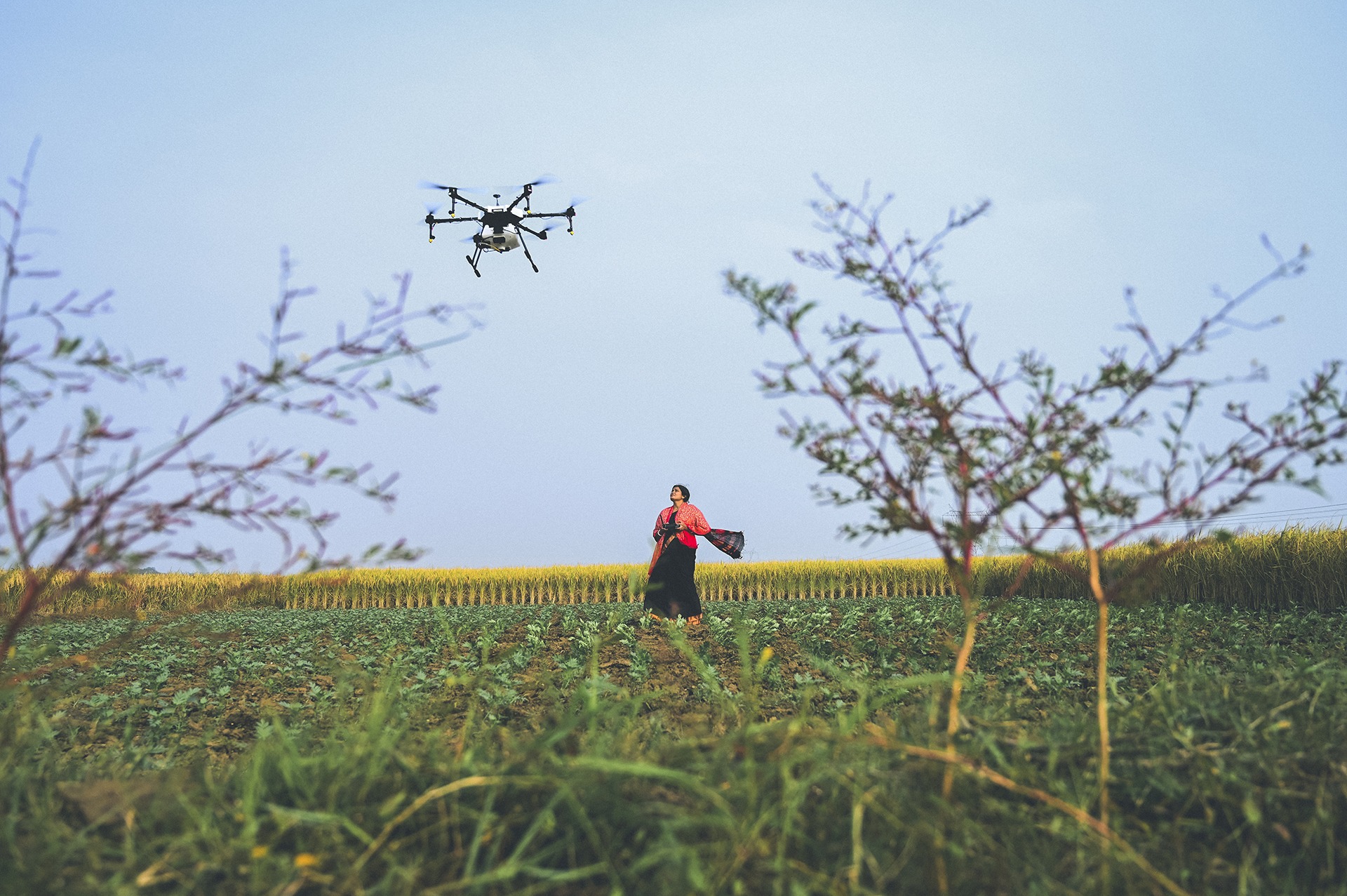
Technology isn’t disappearing from our creative future, it’s evolving into something more collaborative and human-centered. Rather than viewing AI and digital tools as threats to human creativity, some creatives are pioneering technological partnerships that amplify rather than replace human ingenuity.
Arpan Basu Chowdhury‘s documentation of India’s “Drone Sisters” in Shaping A Sustainable Future captures this beautifully: rural women learning to operate agricultural drones aren’t just adopting technology, they’re “reimagining their role in an agricultural landscape traditionally dominated by manual labour.” The photograph shows “a moment where innovation meets perseverance,” demonstrating how creativity lies in the thoughtful application of cutting-edge tools to transform lives.
This collaborative approach extends to addressing global challenges through hands-on innovation. Katie Surridge‘s Modern Mining installation invites the public to dismantle electronic waste while learning to identify valuable metals, transforming disposal into creative reclamation. By teaching communities to “work with their hands in a world where more and more we are detached from how things are made,” Katie bridges ancient craft traditions with contemporary environmental needs. Her practice demonstrates that the future of technology isn’t about increasing automation, but about empowering people to understand and actively engage with the tools that shape our world.
Yet this technological integration raises essential questions about creativity’s essence and value. The Clockwork Collective‘s The Last Chance to Celebrate the Creator uses animatronics and AI-driven projections to create “an emotional response to AI’s growing role in art,” while Photographer Wanda Tuerlinckx‘s documentation of robot artist Ai-Da (who recently sold work for nearly a million euros) forces us to confront what happens when machines blur “the line between machine and artist.” These works don’t provide easy answers, but they create vital spaces for reflection. As Wanda notes, they help us “reflect on our relationship with technology, making us aware of the implications of our choices and guiding us to be more contemplative in shaping our future.” The conversation about ethical AI use isn’t going away; it’s expanding, and artists are leading the way in ensuring technology serves humanity rather than replacing it.
Marginalized Voices as Future Architects
The most compelling visions of tomorrow aren’t coming from established institutions, they’re emerging from artists whose lived experiences of marginalization have equipped them with essential skills for navigating uncertainty and building alternatives.
Angel Akpovi‘s spoken word piece Brick by Brick exemplifies this leadership. Speaking to over 400 changemakers as part of the Fair Education Alliance Youth Steering Group, she doesn’t just critique the education system that failed her – she actively rebuilds it. “We are deeply affected by policies we have no say in, yet we continue to push forward holding onto hope even when the system tries to bury it,” she explains. Her work demonstrates how creativity becomes a tool for marginalized voices to “channel their sadness and trauma regarding issues like institutional racism into creativity that can inspire and change the next generation.”
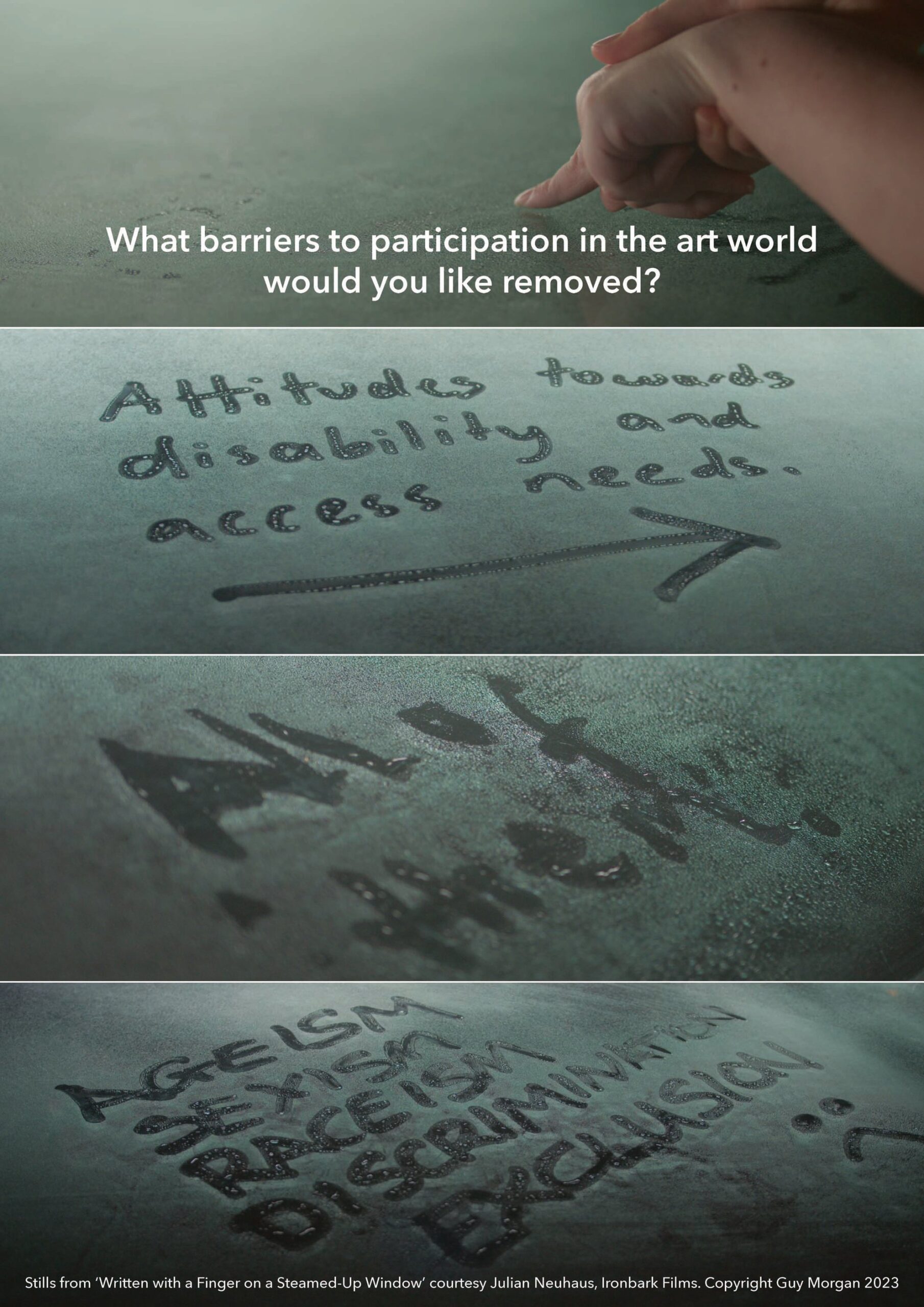
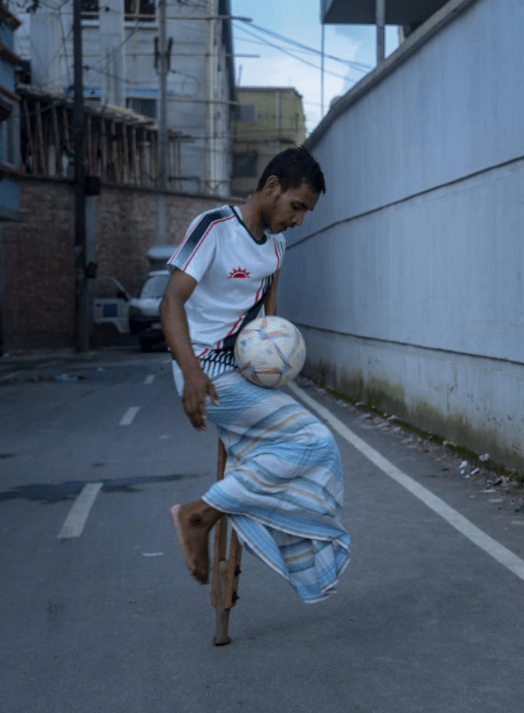
This perspective-shifting power of marginalized voices extends across different forms of exclusion. Guy Morgan‘s film Written with a finger on a steamed-up window centres artists with lived experience of disability, arguing that “when considering social policy, a society that’s able to put the needs of a minority in a prominent position leads to an enlightened culture… and a better future for all.” His work reveals how those who “view the mainstream – not from a common starting line, but from the outside looking in” possess invaluable insights for reimagining systems. Similarly, Sadman Sakib‘s Hope Never Dies documents amputee footballers in Bangladesh and exposes how “deeply ingrained cultural biases perpetuate a cycle of disrespect, ignorance, and exclusion,” while celebrating the unwavering spirit of athletes who refuse to be defined by physical limitations.
What unites these voices is their refusal to accept existing narratives about what’s possible. Tala Abdalhadi, a Palestinian artist whose very existence challenges dominant geopolitical maps, uses her interdisciplinary practice to create “investigative frameworks that bring action, emotion, and the collision of bodies in space.” Through projects like kinetic garments that “dimensionalize and accelerate movements of the occupied body to practice freedom,” Tala demonstrates how creatives don’t just respond to oppression – they architect new realities. As Guy Morgan’s film concludes: “Don’t let good ideas evaporate, don’t let good artists disappear.” These artists aren’t asking for inclusion in existing systems; they’re building the frameworks for more a more equitable future, brick by brick.
Education as Foundation for Transformation
In an era of misinformation and polarisation, education emerges as perhaps our most powerful tool for building a hopeful future. As Photographer Fanny Beckman observes, one solution that could transform society is “making education more accessible.” But she’s not talking about traditional higher education, she explains: “the basic understanding of our world, and maybe most importantly the understanding of our history. We need to learn from the past and avoid making the same mistakes. I feel like we live in a world full of confusion and desperation and false news, but if we were all armed with a strong foundation of knowledge we could probably find more understanding of each other.”
Artists are leading this educational transformation, using creativity to make complex histories accessible and relevant. Jimmy Hutch, both an artist and Head of Art in a secondary school, demonstrates how “creativity is essential in shaping a hopeful future, offering a means to challenge assumptions, foster critical thinking, and counter disinformation – one of today’s greatest threats.” His work examining war’s impact on civilization doesn’t just document history, it actively combats how “misinformation distorts our understanding of the past.” Jimmy believes that “art is a powerful tool for resisting false narratives and shaping a future grounded in knowledge.”
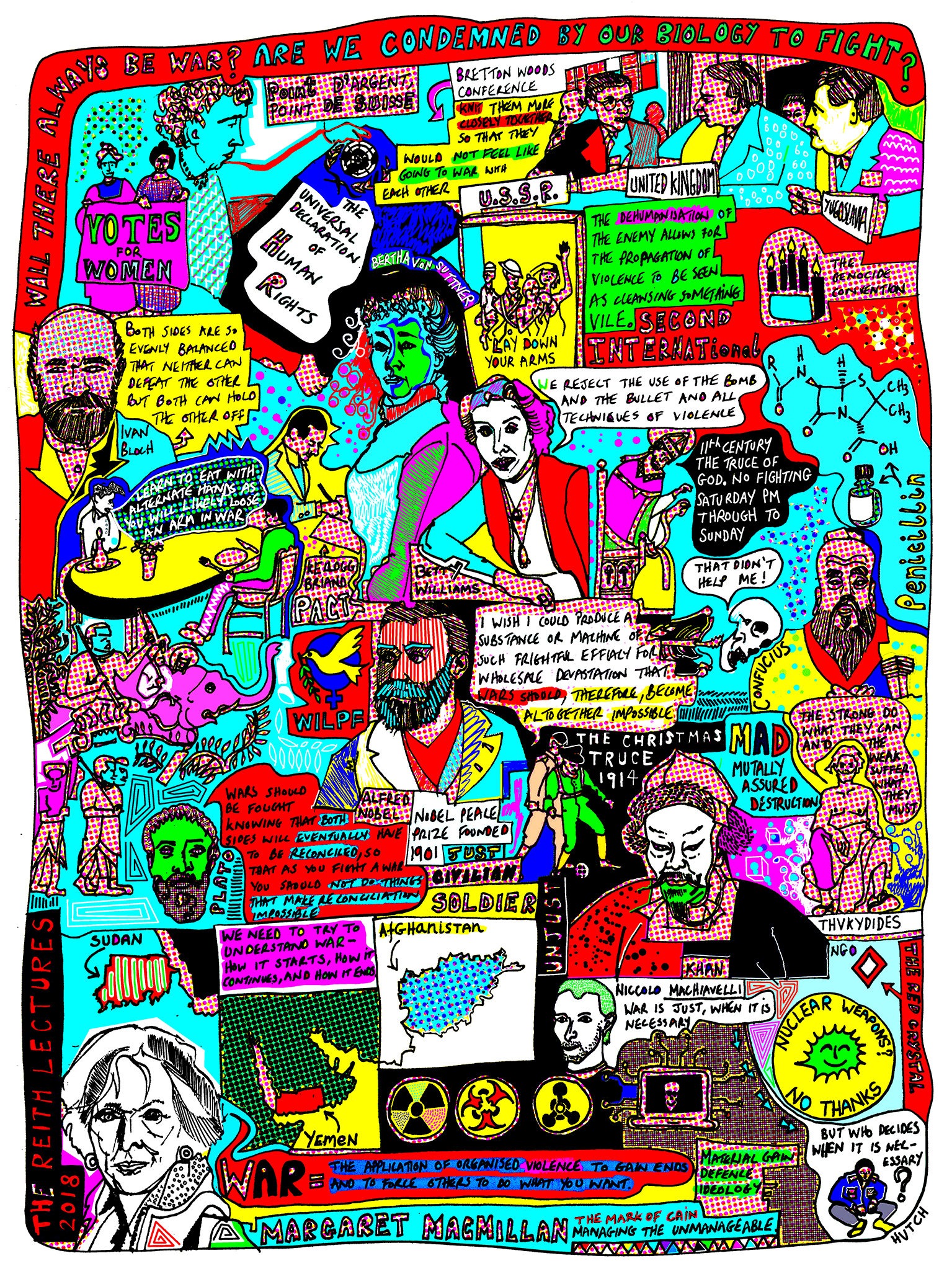
This educational approach extends to dismantling knowledge systems themselves. In the art world, All About Art Podcaster Alexandra Steinacker envisions a future with “interconnectivity, intergenerational support, international support… where we don’t have a one-size-fits-all art history taught at universities, and where we have a more global perspective on cultures.”
Similarly, Hannah Allchurch‘s documentary Lubugo – This earth we walk demonstrates how storytelling becomes educational practice, following Ugandan designer Katende as he revives traditional barkcloth while teaching craftsmanship through community Fashion Cyphers. Through Hannah’s documentation of this, she explains “new seeds for a more just, climate conscious, inclusive future have been planted, and I seek to bring this energy to the audience as well to cultivate a better world for the next generation.” Education, in this context, becomes not just information transfer, but a creative act of collective learning and world-building; exactly what we need to navigate our future with wisdom rather than fear.
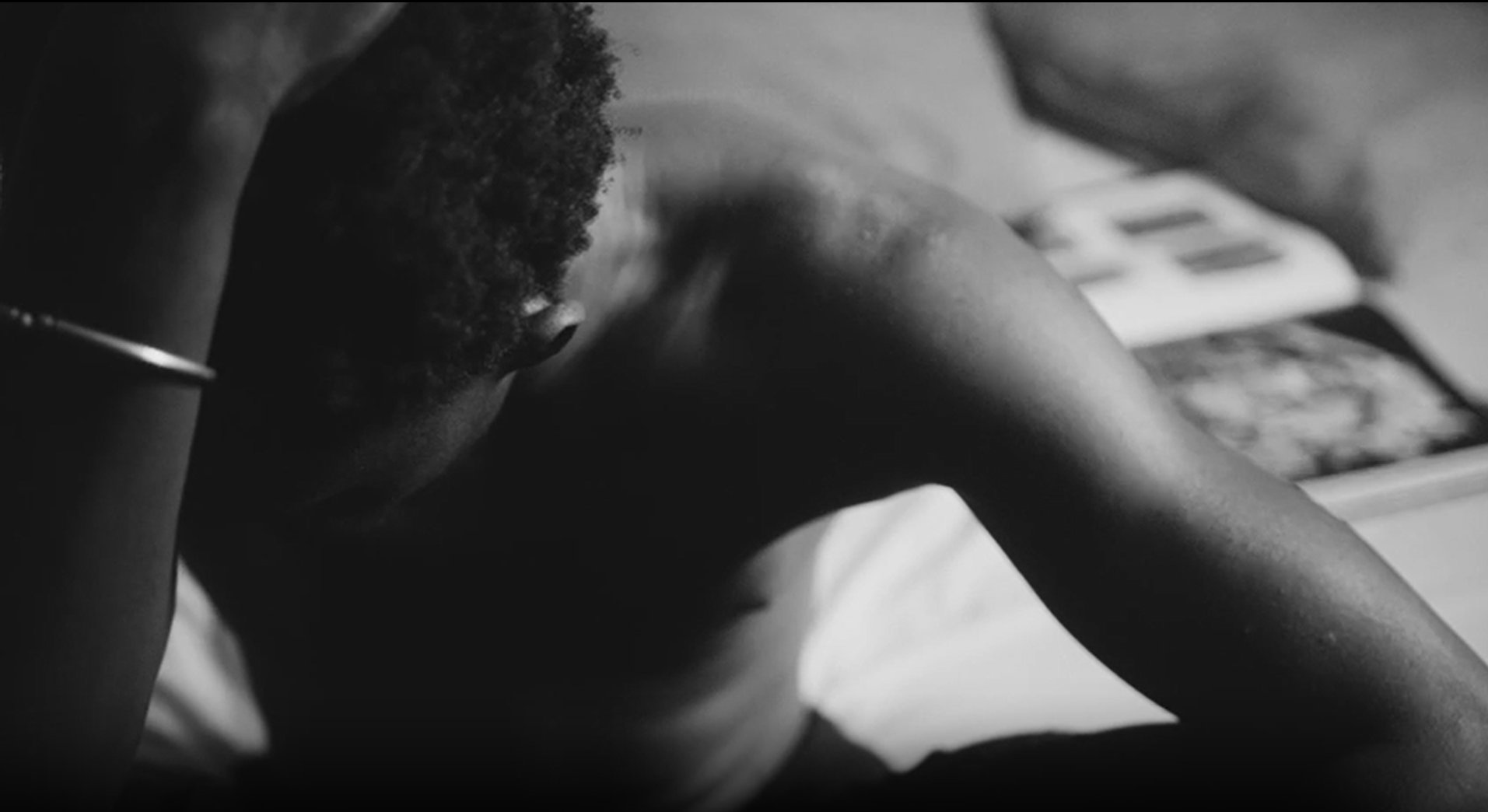
Creativity as Essential Infrastructure
There’s no doubt that creativity is essential infrastructure for our future. The Cut Out Club describe creativity as “the thread that binds us together – a universal tool for connection, expression and empowerment.” Through their zine-making workshops, they’ve witnessed how “the simple act of crafting can amplify diverse voices and create spaces for belonging,” offering “a powerful antidote to loneliness and isolation.”
This extends to individual transformation. Writer Urmila Menon envisions creativity as revolutionary form of self-care: “What if we all had a way to hit the pause button – even for 10 minutes? This simple practice could revolutionise how we deal with stress – and imagine the ripple effect.”
Our creative community envisions creativity as foundation rather than decoration – where “one small creative act at a time” creates ripple effects of connection, healing, and transformation.
Our Creative Tomorrow
Imagining “the sound of a happy and peaceful neighbourhood. One without conflict, one without tears,” in her poem A Song For Tomorrow, poet Nicola Meekin poses an essential question:
“Is it obtainable?
Do I ask too much of this speech?
Is this sound of tomorrow, within our reach?”
The answer lies not in speculation, but in action already happening. Across 500 submissions, we see creatives who aren’t waiting for permission to build the future they envision. The sound of tomorrow Nicola imagines? It’s already being composed, one small creative act at a time. The question isn’t whether this future is within our reach – it’s whether we’ll join the artists already building it.
Let us know you want us to write more content like this with a love!
Share
